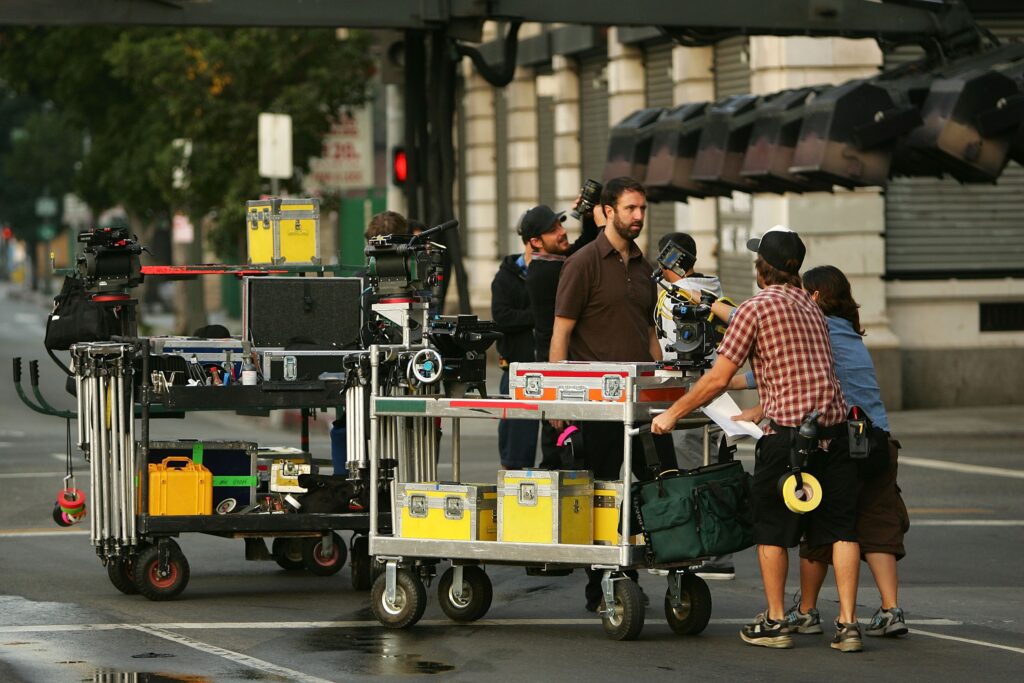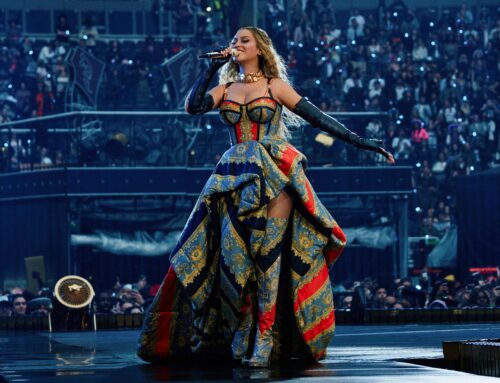New Live Music Data Signals Hopeful Future Amid Ongoing Affordability Concerns
The live music industry hit record-high earnings at the halfway mark of 2024, but soaring ticket prices and slowing audience growth painted a mixed picture for its long-term prospects. However, fresh Q3 2024 data offers a more encouraging outlook, though the persistent issue of affordability remains a concern.
Pollstar’s latest figures, covering the top 100 global tours from November 2023 to August 2024, show the industry rebounding after a turbulent few years. The best 100 tours grossed an impressive $5.68 billion, with 44.9 million tickets sold, marking year-over-year increases of 14.1% in revenue and 2.6% in attendance.
The average gross per tour rose to $1.87 million, a 6.8% uptick from the same period last year. However, there was a slight decline in the average number of tickets sold per concert, dropping 3.9% to 14,766, compared to 15,365 in Q3 2023. Meanwhile, ticket prices continued their upward trajectory, climbing 11.2% year-over-year. The average ticket cost $126.55 in Q3 2024, slightly cheaper than three months ago but still an all-time high for the quarter.
These latest figures position the live music business in a stronger place than mid-2024, when most categories, except total gross and ticket prices, showed negative growth. Still, the rising cost of tickets remains a significant concern, outpacing ticket sales, with fans continuing to face both high prices and frustrating virtual queues, while smaller artists and venues feel the pressure. The trend of shrinking audience sizes paired with higher costs isn’t new. According to Pollstar, the number of tickets sold in 2024 so far is 5.47% lower than in 2018, while the average attendance price has surged nearly 50%, from $85.03 to today’s levels.
Despite these challenges, a glimmer of optimism emerged from Luminate and Billboard’s recent webinar Live Music Landscape: Current Insights & Trends, their U.S. Music 360 survey suggests that the next generation of concert-goers, Gen Z, is stepping up. In Q2 2024, music lovers between 12 and 27 years of age, outspent all other age groups on live shows for the first time, surpassing the average U.S. listener by 23%. The younger generation’s concert attendance has also increased, overtaking Millennials for two consecutive quarters. In Q2, 22% of Gen Z reported showing up at concerts, while Millennial presence dipped slightly to 16%. Although attendance growth slowed in Q3, the group still led Millennials by a percentage point, indicating a potential long-term shift in live music’s core audience.
This shift bodes well for the industry, as the new fans generation’s enthusiasm for live music is notable. According to Deloitte’s 2024 Digital Media Trends report, 58% of Gen Zers say their fandom for music artists is integral to their identity, compared to 50% of Millennials and 32% of Gen Xers. A separate survey by Bread Financial and AAA revealed that over half of Gen Z plans to attend at least a concert within the next year, with 65% willing to travel more than 50 miles to do so.
While these passionate consumers offer hope for live music’s future, affordability remains a major obstacle. Luminate’s data shows that 68% of U.S. listeners still view ticket prices as the main barrier to attending concerts, a challenge the industry must address if it hopes to sustain its current momentum.
Source: Variety VIP
Share:
The live music industry hit record-high earnings at the halfway mark of 2024, but soaring ticket prices and slowing audience growth painted a mixed picture for its long-term prospects. However, fresh Q3 2024 data offers a more encouraging outlook, though the persistent issue of affordability remains a concern.
Pollstar’s latest figures, covering the top 100 global tours from November 2023 to August 2024, show the industry rebounding after a turbulent few years. The best 100 tours grossed an impressive $5.68 billion, with 44.9 million tickets sold, marking year-over-year increases of 14.1% in revenue and 2.6% in attendance.
The average gross per tour rose to $1.87 million, a 6.8% uptick from the same period last year. However, there was a slight decline in the average number of tickets sold per concert, dropping 3.9% to 14,766, compared to 15,365 in Q3 2023. Meanwhile, ticket prices continued their upward trajectory, climbing 11.2% year-over-year. The average ticket cost $126.55 in Q3 2024, slightly cheaper than three months ago but still an all-time high for the quarter.
These latest figures position the live music business in a stronger place than mid-2024, when most categories, except total gross and ticket prices, showed negative growth. Still, the rising cost of tickets remains a significant concern, outpacing ticket sales, with fans continuing to face both high prices and frustrating virtual queues, while smaller artists and venues feel the pressure. The trend of shrinking audience sizes paired with higher costs isn’t new. According to Pollstar, the number of tickets sold in 2024 so far is 5.47% lower than in 2018, while the average attendance price has surged nearly 50%, from $85.03 to today’s levels.
Despite these challenges, a glimmer of optimism emerged from Luminate and Billboard’s recent webinar Live Music Landscape: Current Insights & Trends, their U.S. Music 360 survey suggests that the next generation of concert-goers, Gen Z, is stepping up. In Q2 2024, music lovers between 12 and 27 years of age, outspent all other age groups on live shows for the first time, surpassing the average U.S. listener by 23%. The younger generation’s concert attendance has also increased, overtaking Millennials for two consecutive quarters. In Q2, 22% of Gen Z reported showing up at concerts, while Millennial presence dipped slightly to 16%. Although attendance growth slowed in Q3, the group still led Millennials by a percentage point, indicating a potential long-term shift in live music’s core audience.
This shift bodes well for the industry, as the new fans generation’s enthusiasm for live music is notable. According to Deloitte’s 2024 Digital Media Trends report, 58% of Gen Zers say their fandom for music artists is integral to their identity, compared to 50% of Millennials and 32% of Gen Xers. A separate survey by Bread Financial and AAA revealed that over half of Gen Z plans to attend at least a concert within the next year, with 65% willing to travel more than 50 miles to do so.
While these passionate consumers offer hope for live music’s future, affordability remains a major obstacle. Luminate’s data shows that 68% of U.S. listeners still view ticket prices as the main barrier to attending concerts, a challenge the industry must address if it hopes to sustain its current momentum.
Source: Variety VIP









